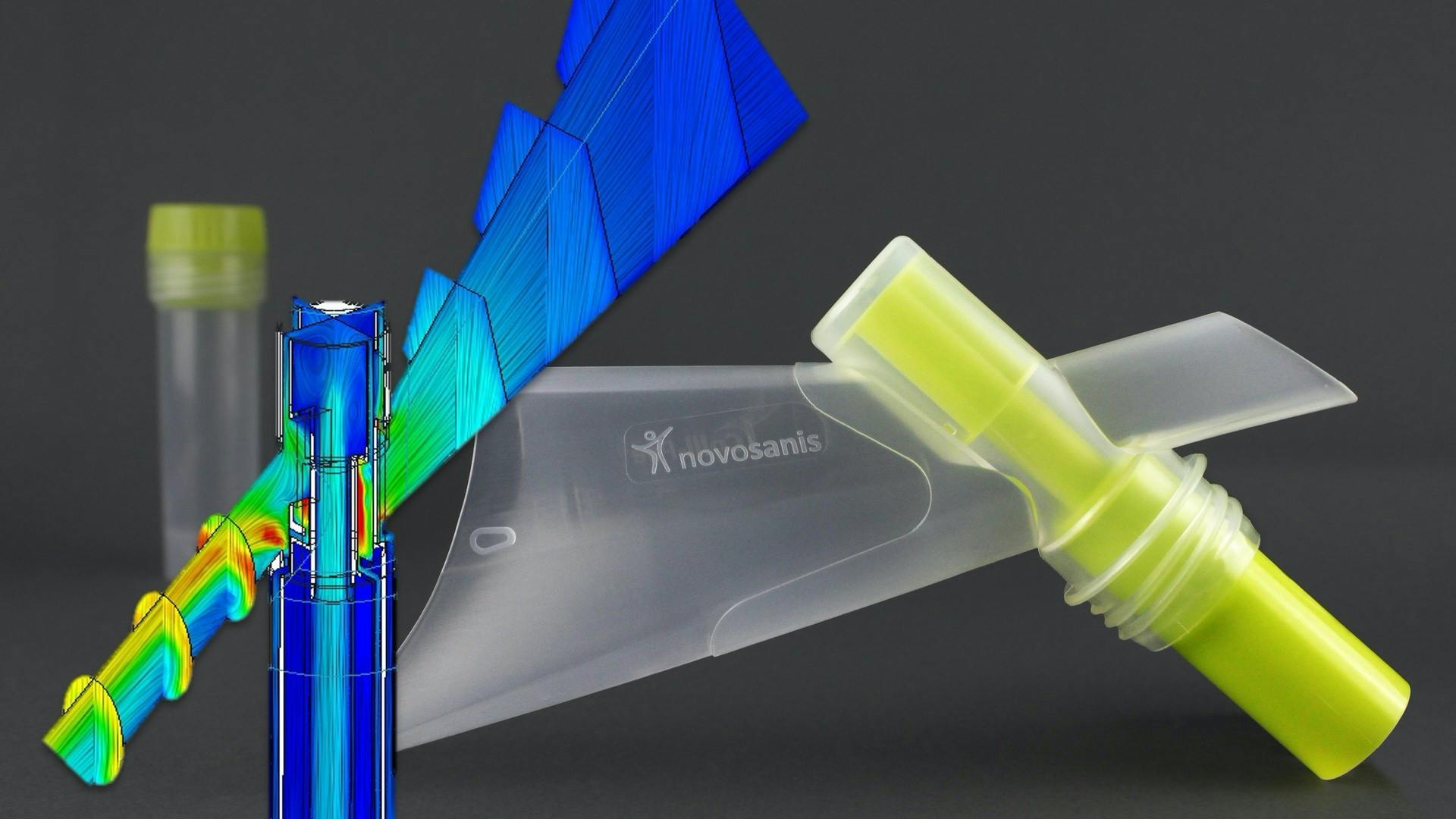Medical device development is rife with risk at multiple steps of the process, from initial concept to regulatory submission and beyond. For smaller companies, the risks are often more acute, but companies of all sizes have access to a technology that can substantially reduce the risk level at multiple stages of the process: simulation.
This webinar provides an overview of the medical device design and development process, with an emphasis on the areas (and stages) in which simulation can have the most impact, and the kinds of simulation tools that provide device developers the ability to minimize risk while maximizing performance.
Simulation: A great equalizer at every stage of medical device development
Innovations in medical devices come from companies of all sizes. Thanks to simulation, companies of any size have access to tools that help them predict the performance of their devices and can even provide more detail and insight than physical tests allow.
There are simulation solutions for each design stage (preliminary design through to detailed design) and for each scope (design of individual components or complete systems) for all the groups involved—designers, analysts, R&D. And as regulatory bodies increasingly support the use of simulation data in regulatory submissions, the role and value of simulation (along with the importance of managing simulation data) keeps increasing.
This webinar features a conversation between Portfolio Development Executive Alexandra Francois-Saint-Cyr and Koen Beyers, the Founder of Voxdale and CTO of Novosanis. Koen summarizes the value of simulation this way: “At both companies early verification in a stringent design control process is key to decrease Time to Market and master the full product lifecycle of medical devices."
What you will learn about in this webinar:
- The areas of device development in which simulation can have the most impact
- An overview of the different types of simulation tools available, and what kind of users they are designed for—designers, specialists, R&D
- Examples of medical devices whose design and development were simulation-driven
- The future of simulation in medical device development and regulatory submissions
Presenters:
- Alexandra Francois-Saint-Cyr, Portfolio Development Executive, Siemens Digital Industries Software
- Koen Beyers, Founder, Voxdale, CTO, Novosanis
